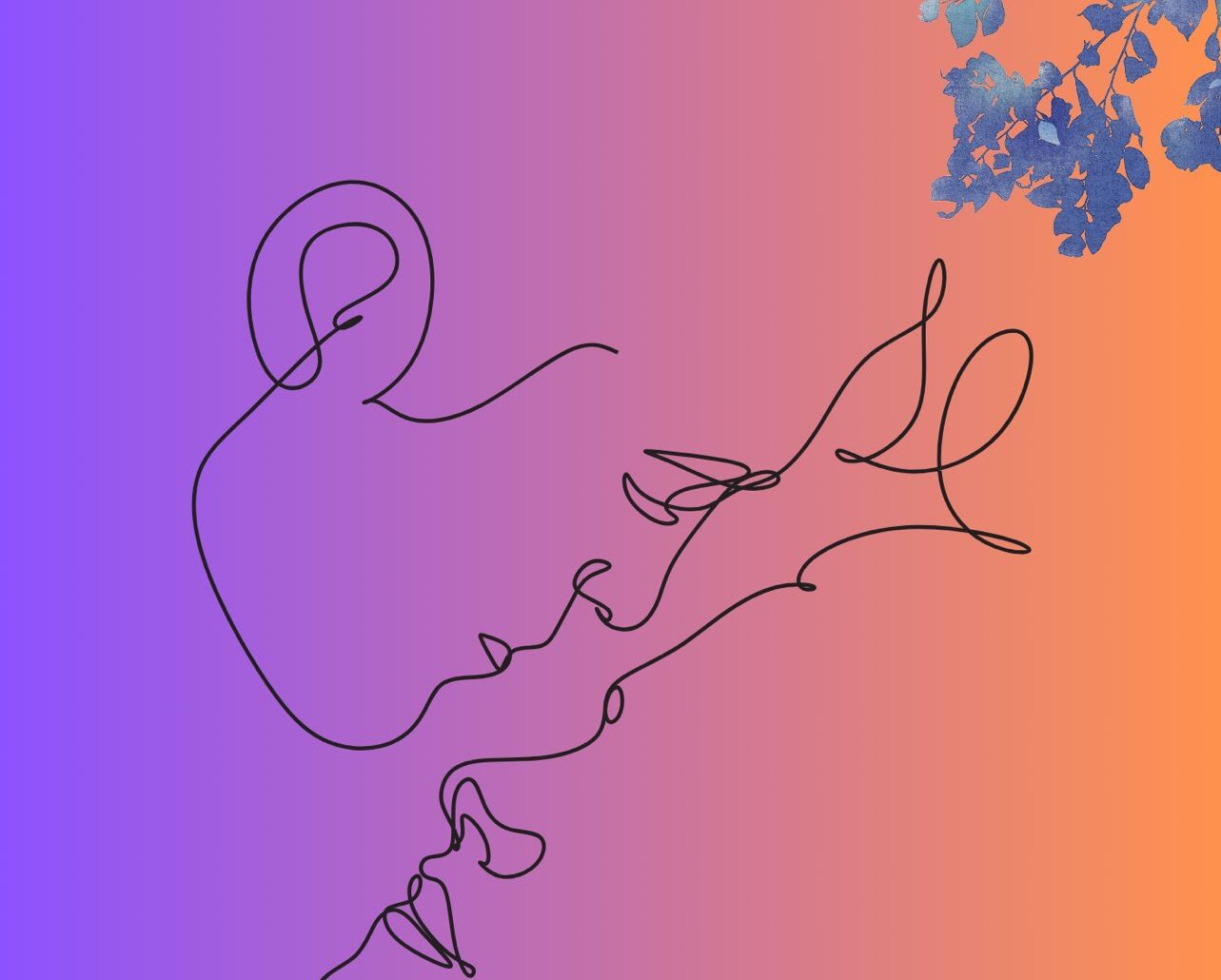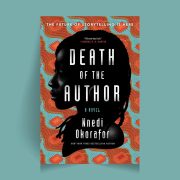Runnin’ No More is a story about two characters in a life-changing flight to survive the divisive world—and amidst the push and pull of their painful past and present—finding true companionship and love.
By Chimezie Chika
The first few pages of Runnin’ No More, the new LGBTQIA+ romance from debut author, G.T. Dipe, leaves us with no illusions as to what the novel has in store for us. The premise is simple: a young gay man, Tenilade Adeowo, had left his country because he could no longer stand not being himself, running for his dear life.
But a chance, awkward encounter at the airport in London, on the day he arrives in England, keeps coming back to him in the form of Stephan Wickström, a Swedish man. At first, the two seemed to be wary of getting together.
Runnin’ No More spends a considerable amount of time exploiting the suspense that this creates. And to wit, most of the author’s choices for the main characters’ backgrounds are pointedly deliberate. Two queer men. One a European, the other African.
To complicate this multicultural coupling, the author places them in England, setting the stage for something a little heftier than a conventional romance. Though it would appear that not all the possibilities of this immigrant-multicultural stage were exploited in the end.
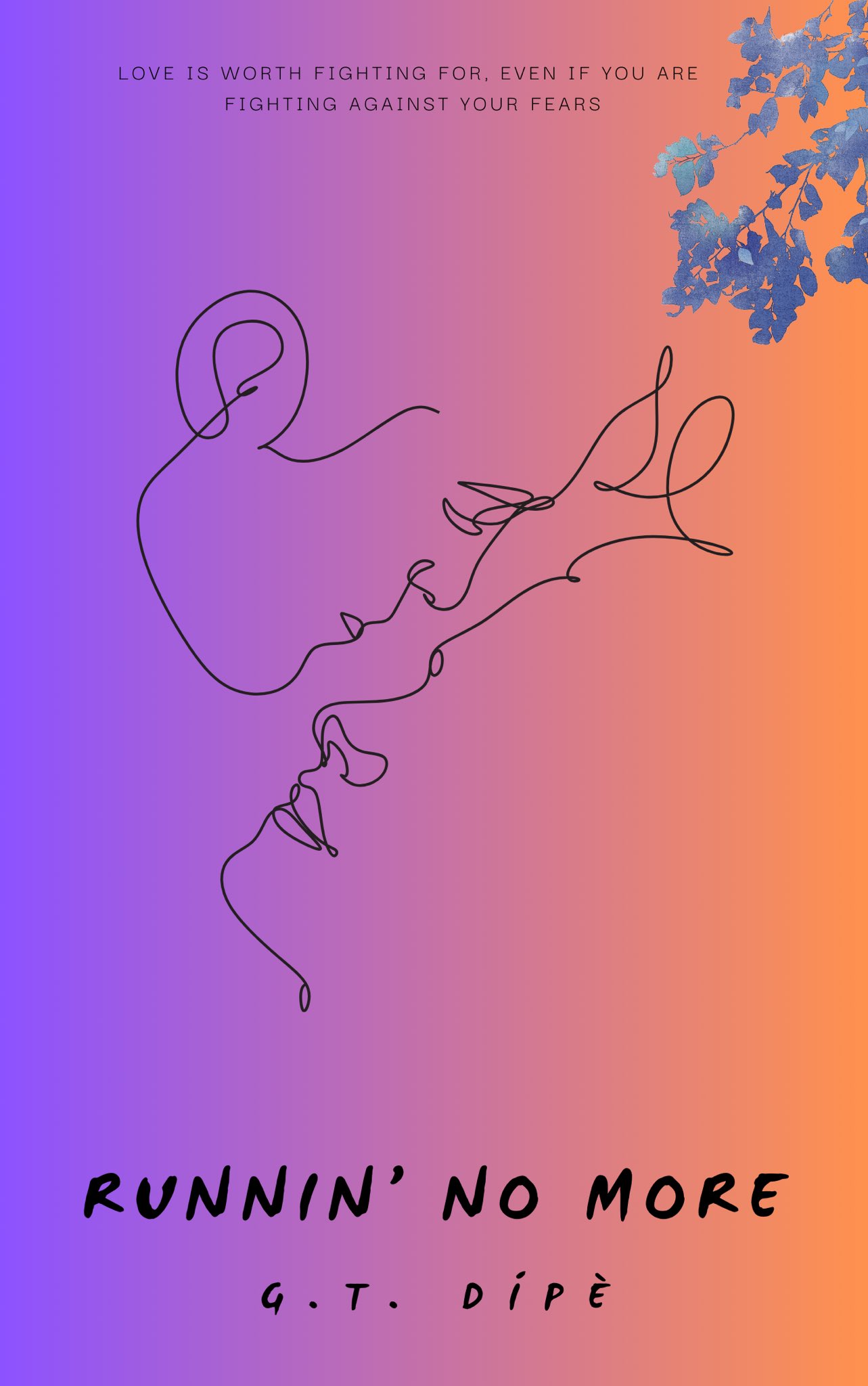
Runnin’ No More manages to work on a dual level while training its central focus on the love between two men. There is the level of love, and there is the level of the social reality of queer African men.
As a romance, the novel turbulently follows the stories of Ade and Stephan—how their experiences have affected and shaped their characters. For Ade especially, who is coming from a culture whose attitudes towards queer are, if not violent, devoid of understanding and support, his self-preservation instincts seem to be out everywhere.
But for Ade’s wonderful rapport with his sister, Jola, he must always strike that survivalist attitude around his family and indeed Nigerians.
In Nigeria, Ade had always been dangerously close to violent repercussions in the pursuit of his love life, with the danger of ‘kito’ trailing him. Is it any surprise that this is the case in a country in which police brutality and jungle justice against queer people are quite common? I think not.
Nigeria passed the Anti-Gay Law in 2011, prohibiting any sexual association between same-sex individuals. But this is not the case only in Nigeria. In the last fifteen years, African governments have exhibited a clear violent attitude towards queerness in Africa. Thus, as of today, more than half of African countries have outlawed homosexuality. One can then imagine the high stakes involved when a gay man decides to seek love in such environments.
G.T. Dipe pays attention to how the trauma of past lives can affect people’s ability to fully embrace love, which was the case with the two central characters. At some point, Ade had to go for therapy. Dipe presents for us queer lives insisting on creating normalcy in their lives, of finding love and living with freedom.
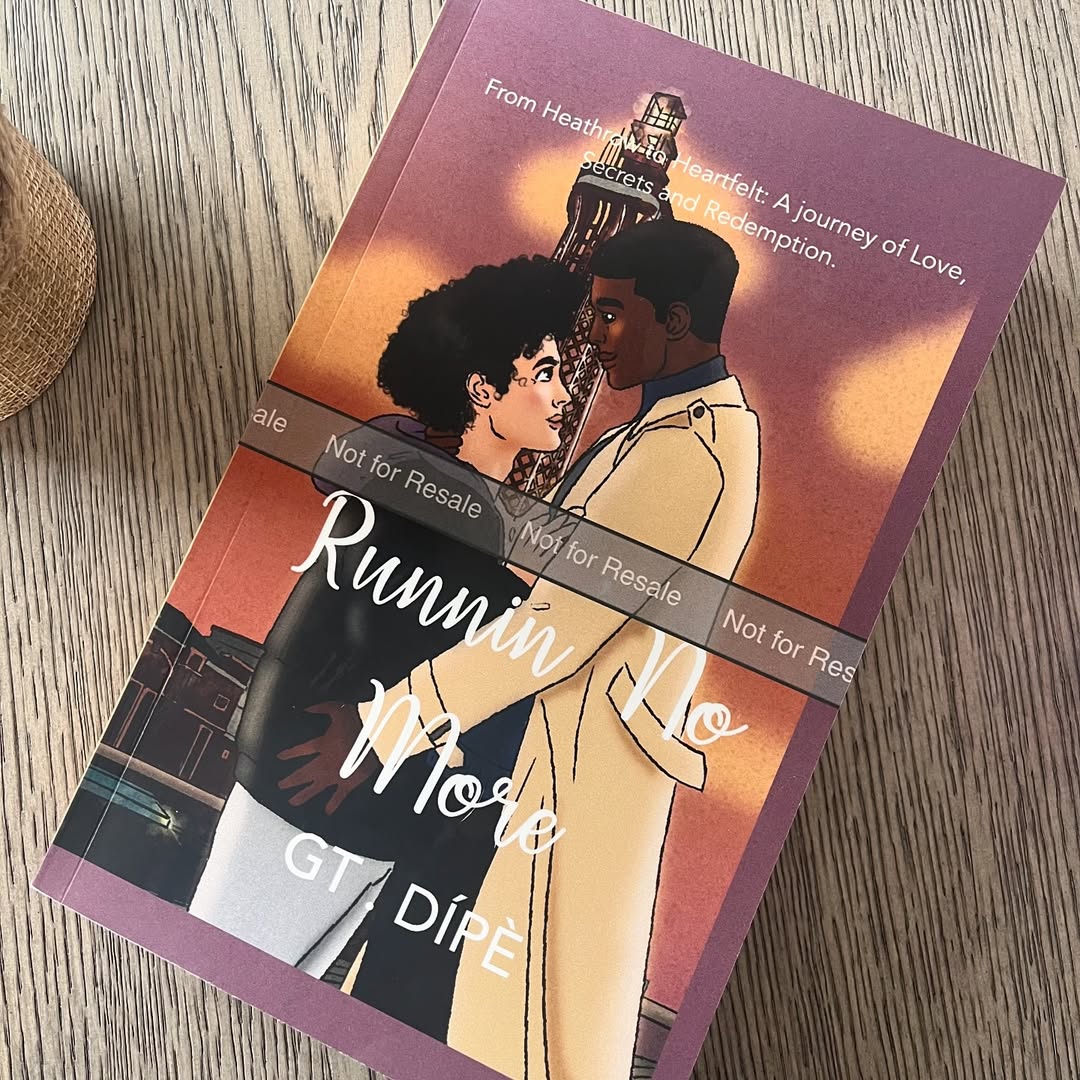
The palpable tenderness the author bestows on these characters can certainly be felt, and this story will prove to be relatable indeed to queer people all over the world interested in the dynamics of romance in the simultaneously punishing and easy to navigate the 21st-century world.
Dipe’s characters are rounded and recognisable, they change and adjust throughout the story, but in many cases, they exhibit a consistency of character. Stephan, for instance, tends to indulge in microaggressions that reveal his constant tendency toward tantrums, if we are to call it that.
Their vulnerability mostly touches the very core of what it means to love. Why are they stalling, we keep asking ourselves? Why don’t they grab this love with two hands? But this author seems to understand the role that such complexity plays in enhancing, and heightening, the stakes of love as it were. This is why, more than anything in this novel, it is the characters that captivate us.
One notable feature of Runnin’ No More is the author’s use of playlists, each song recommendation beginning each chapter. Innovative as this may seem, it is not a new feature in Nigerian fiction. As a matter of fact, it seems derivative, given that the first book to use it successfully (and in a much more in-depth way), Chimeka Garricks’ A Broken People Playlist, is also about love.
Another feature of Runnin’ No More is the way in which the author inserted WhatsApp messages between the characters in the story—inserted because the WhatsApp sections look pictorially realistic as if they were screenshotted from WhatsApp and pasted on the pages.
Of course, this is a romance novel, and so it should be judged on the parameters of that genre. Runnin’ No More’s plot drags at times—too many characters, too many subplots.
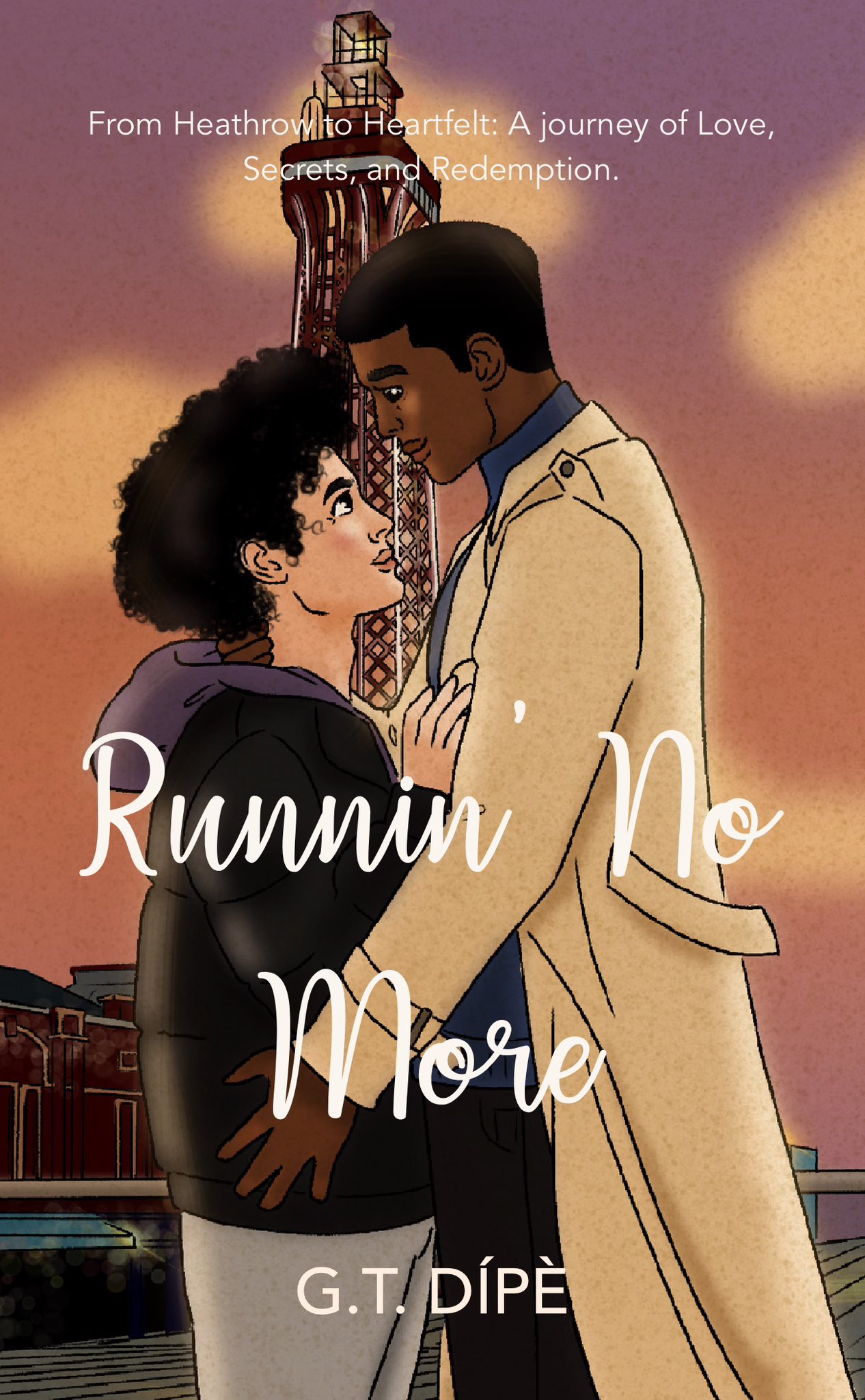
A more straightforward plot, without compromising the relative complexity of the story, would have sufficed; this is romance after all, not a political or socio-cultural treatise—and it feels that the author seems especially in love with her characters, perhaps too much, for she particularly dwells on too much details that should work better outside these pages.
There are instances where thoughts were repeated and restated almost in the next paragraph. In a way, we could blame the editors that worked on a manuscript that should be a hundred words smaller.
But on the side of the story: what we learn in the end in G.T. Dipe’s Runnin’ No More is that no love is perfect, no matter what it appears to be. There is always turbulence in the past, counter-balanced only by enough will-power and yearning to truly be with one’s lover.
Here, Ade and Stephan find themselves and discover that what matters is beyond the reach of the past or the misunderstanding of other people.
Runnin’ No More is a story about two characters in a life-changing flight to survive the divisive world—and amidst the push and pull of their painful past and present—finding true companionship and love. G.T. Dipe has written a big-hearted romance story of finding and accepting oneself.
Chimezie Chika is a staff writer at Afrocritik. His short stories and essays have appeared in or forthcoming from, amongst other places, The Weganda Review, The Republic, Terrain.org, Isele Magazine, Lolwe, Fahmidan Journal, Efiko Magazine, Dappled Things, and Channel Magazine. He is the fiction editor of Ngiga Review. His interests range from culture, history, to art, literature, and the environment. You can find him on X @chimeziechika1


